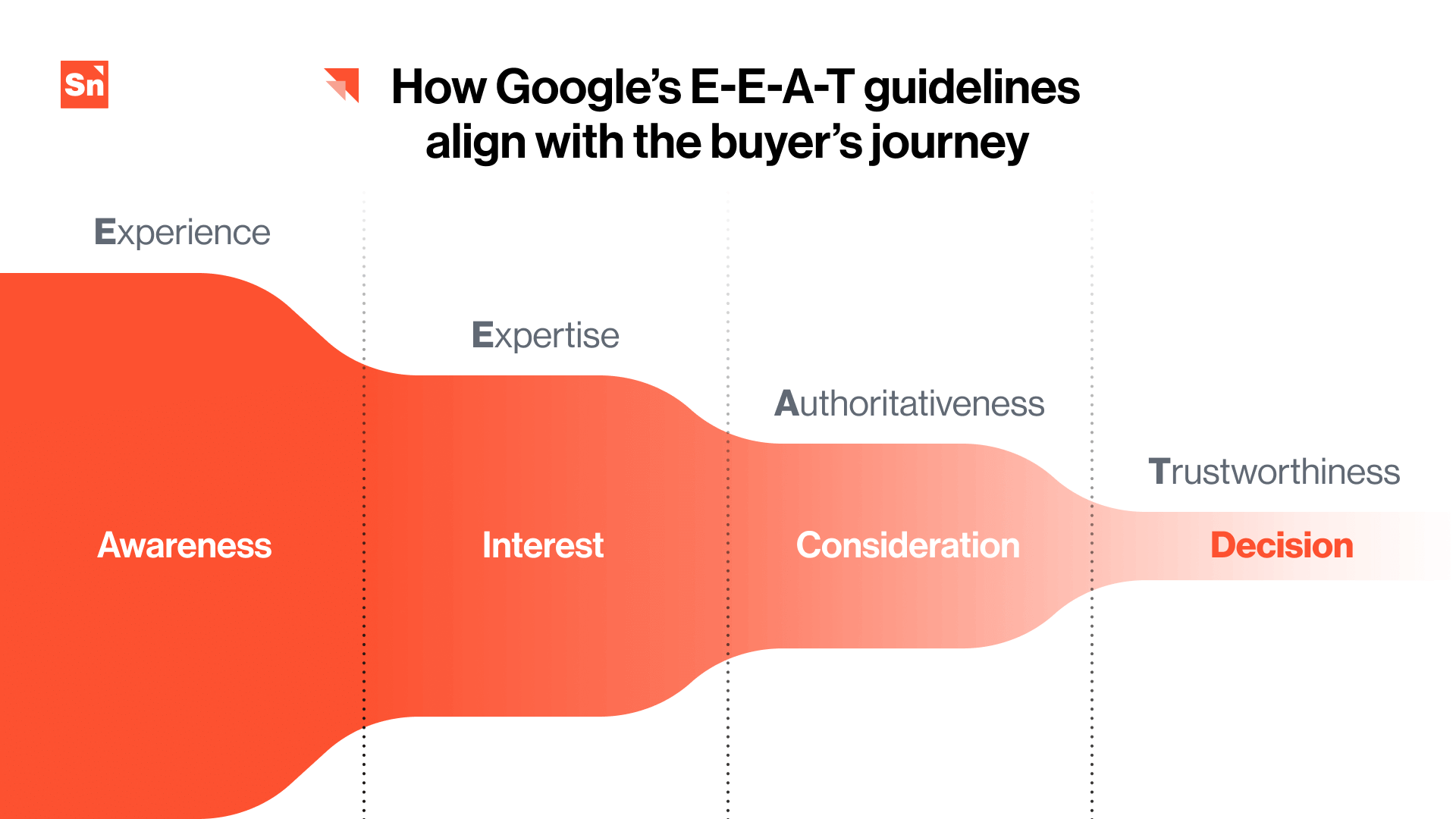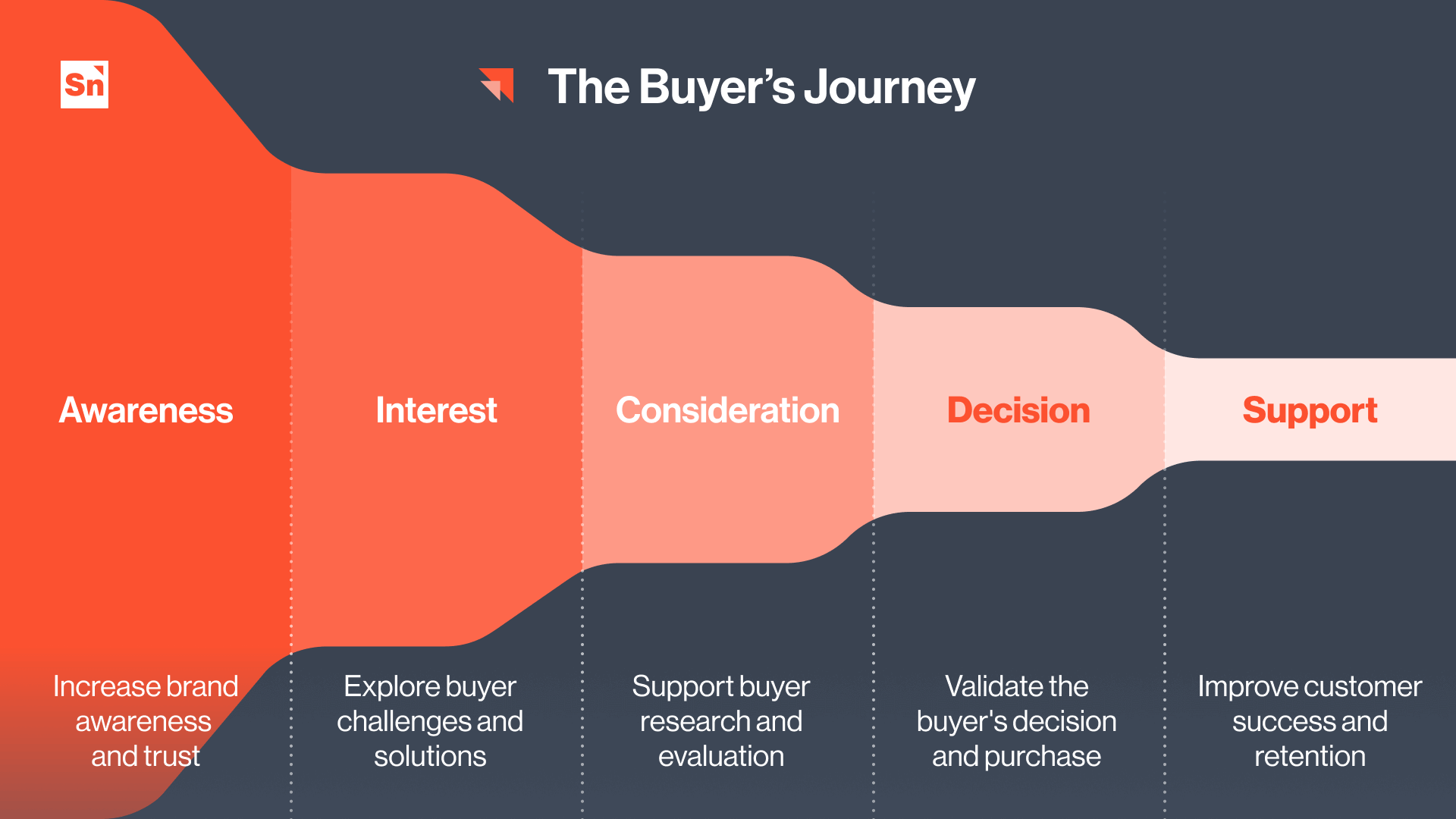Even the most tried-and-true strategies have an expiration date. And that’s especially true for your content marketing strategy.
It can be tempting to take a strategy that once worked for granted and neglect it. However, to keep up with an increasingly competitive and evolving landscape, checking in on “what is and isn’t working” is a must.
We’re not saying to scrap everything and start over. But there are several strong indicators that will reveal when to revisit certain pieces of your content strategy. It’s when you feel like things are starting to slip and you’re not entirely sure why.
1. Your Team Is Trying and Failing
38% of marketers said their top challenge was creating more content faster.
When your marketing team is juggling a ton of priorities, it’s really tough to carve out the focus time needed to produce even a single piece of content. The same challenge will affect any other content contributors in your organization, like subject matter experts who are doing thought leadership on top of all of their other job responsibilities.
Another internal challenge is that your team members don’t have enough experience with content. Just because someone is a decent writer doesn’t mean they know how to write a valuable blog. Just because someone is a great presenter doesn’t mean they know how to create an engaging video.
When your team is reaching their limits with availability and skillsets, your content marketing efforts will quickly fall apart. I’ve seen this happen so many times with both written and video content.
- Teams feel defeated. They’re trying so hard to create high-quality content consistently, but they can’t keep up with it.
- Content becomes an afterthought. This results in rushed content that doesn’t resonate with their audience and doesn’t showcase their thought leaders in the best light.
If this sounds eerily familiar, meet with your team soon to find out how you can empower them.
Maybe you need to do research and create an industry research report. With that report, you can fuel an entire content series with fresh industry insights and reinspire your content contributors. Maybe you need to work with content marketing experts for a bit to get production back on track and give your team a break so they can focus on other priorities.
People will keep pushing for a long time because they don’t want to admit defeat, especially if content marketing is any part of their job. If you find that your team is consistently struggling to create high-quality content, it’s time to hit the pause button and figure out what kind of support they need.
2. Your Content Isn’t Ranking
29% of marketers are having trouble ranking in search engines.
A lot of content purists get worried about focusing too much on keyword data and declare that content should be created for humans first.
Look, I’m all for it. But also, keyword search volume and “people also ask” boxes come from searches by…wait for it…humans.
While it’s important to create content for humans first, you’ll need to make sure those humans can actually find it.
There is so much to learn from keyword research. It really helps you understand what your audience is trying to figure out on their own. These are the questions your content should be answering. And hopefully, these are the problems your solution solves.
Always approach keyword research based on topic relevance, and avoid creating irrelevant content just because the SEO opportunity is fruitful. Yes, you want traffic. But you want the right kind of traffic. The whole point of content marketing is to attract and eventually convert leads.
After finding the right keywords, you need to create valuable content to improve search rankings.

All Google wants to serve on the results page is content with strong E-E-A-T (Experience, Expertise, Authoritativeness, Trust). If you use this acronym as a guiding principle, then your content will have more value. Following E-E-A-T will simultaneously serve the algorithm and your audience.
Make sure your team gets the importance of building an SEO content strategy and also understands that it’s not some great mystery. As trivial as it may seem, it actually helps to remind people how they personally use Google to do research and make purchase decisions.
Bottom line: Even the most epic and poetic content won’t reach your audience without SEO.
3. Your Leads Aren’t Good Leads
45% of marketers are challenged by attracting quality leads with their content.
So maybe your team is consistently churning out content, landing high rankings on Google, and checking off all the right vanity metrics. It’s possible for all of that to be true and still not see the real business results you hoped for.
You’re reaching people, but it’s the wrong audience. And no matter how much you nurture them, if they’re not in the position to take the next step with you, your efforts will be in vain.
If this is the case for you, your content might be missing the special sauce you need to convert this audience into customers.
One potential culprit for the lack of results is not making the connection between the content that you’re creating and the value that your organization can deliver. This is where buyer personas and the buyer’s journey come into play.
Buyer Personas
For your content marketing strategy to generate results, you’ll need to target the right demographics. This is where persona-building comes in to provide a strong foundation.
This may involve going back to the drawing board and mapping out your ideal customers, their main pain points and aspirations, and the topics they’re passionate about. The most important thing about developing B2B buyer personas is basing them on the real humans you want to do business with.
Buyer’s Journey
You need to make sure that you’re building out a full-funnel content strategy that naturally pulls leads further down and reliably turns them into customers. Your content marketing strategy should map out each of your personas at each of the stages of the buyer’s journey.

- Awareness (Early Stage) – Help your potential buyer understand their problem and avoid selling before someone’s remotely ready.
- Interest (Early-Mid Stage) – Help your potential buyer understand their problem and find a solution, and avoid going on and on about how amazing your solution is.
- Consideration (Mid Stage) – Help your potential buyer solve their problem and avoid ambiguity or missing information.
- Decision (Late Stage) – Help your buyer validate their purchase decision and avoid friction.
- Support (Post-Sales) – Help your customers feel supported and successful, and avoid missing this opportunity by not prioritizing this content.
___________________
It’s a cliche, but it’s popular for a reason: Don’t continue to make a mistake just because you spent a lot of time and money on it.
Having to pivot can be a tough pill to swallow, especially if you’ve put a lot of work into your strategy. But it’s important to be analytical about your content marketing strategy and the results it generates. The sooner you course correct, the better off your organization will be.
